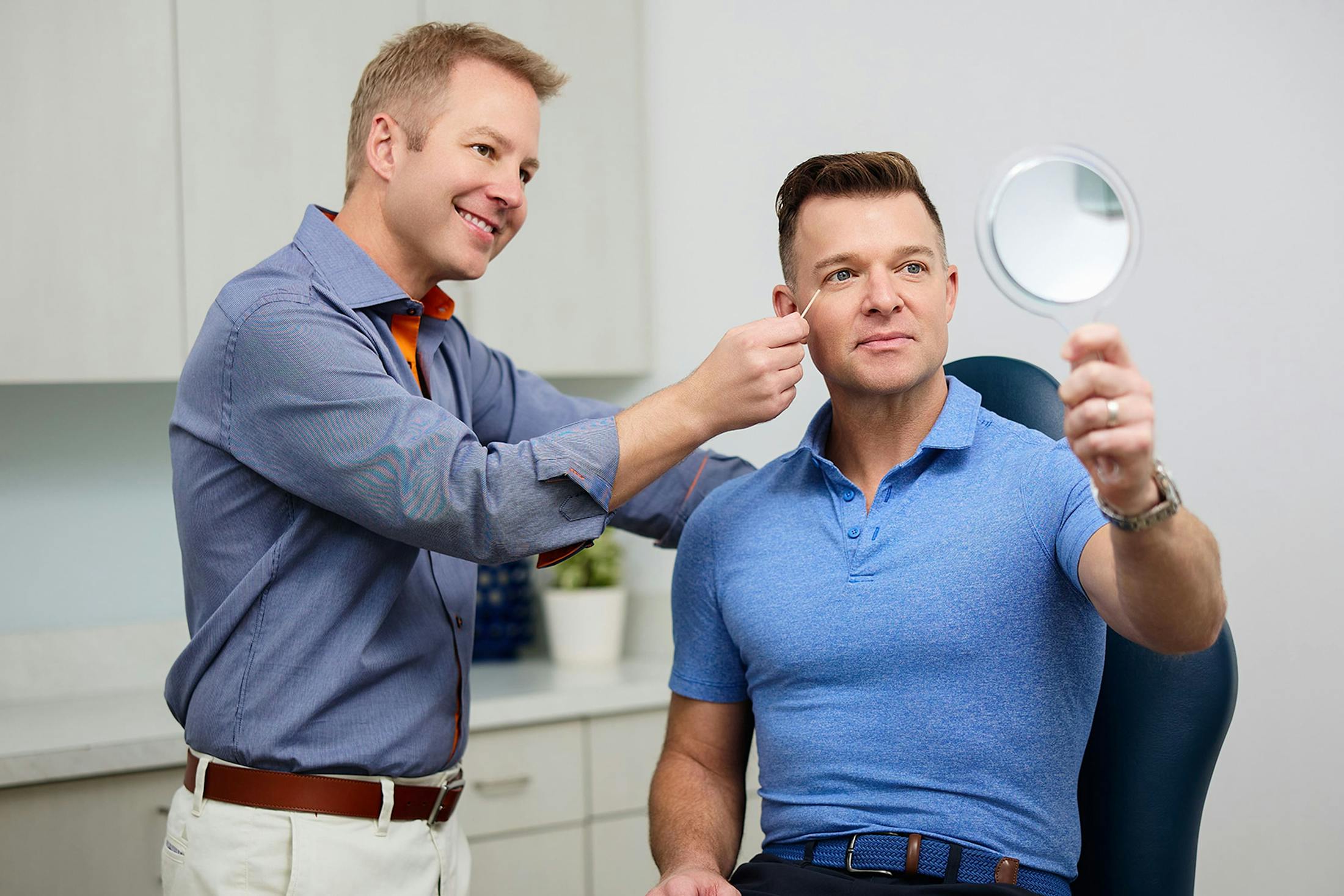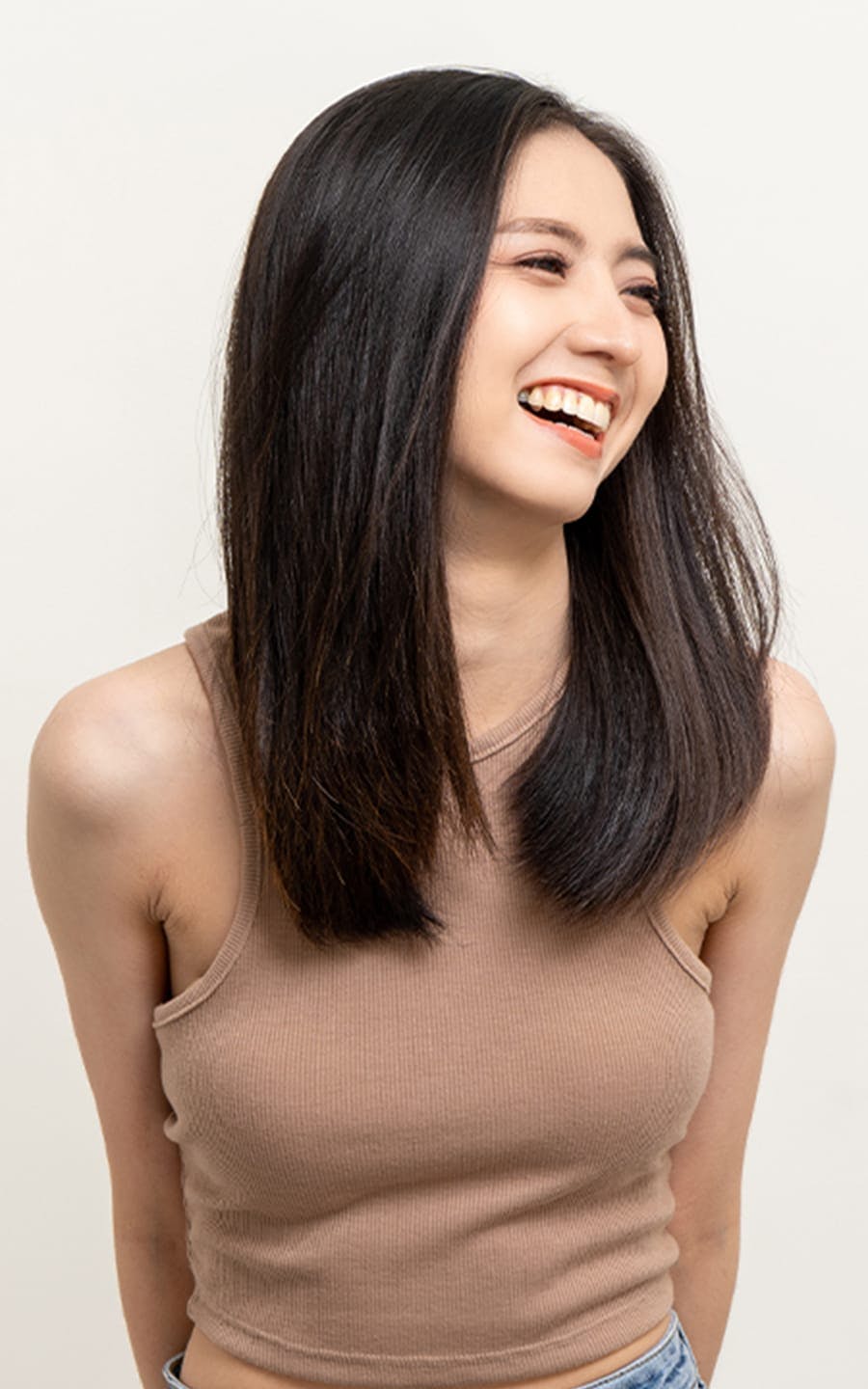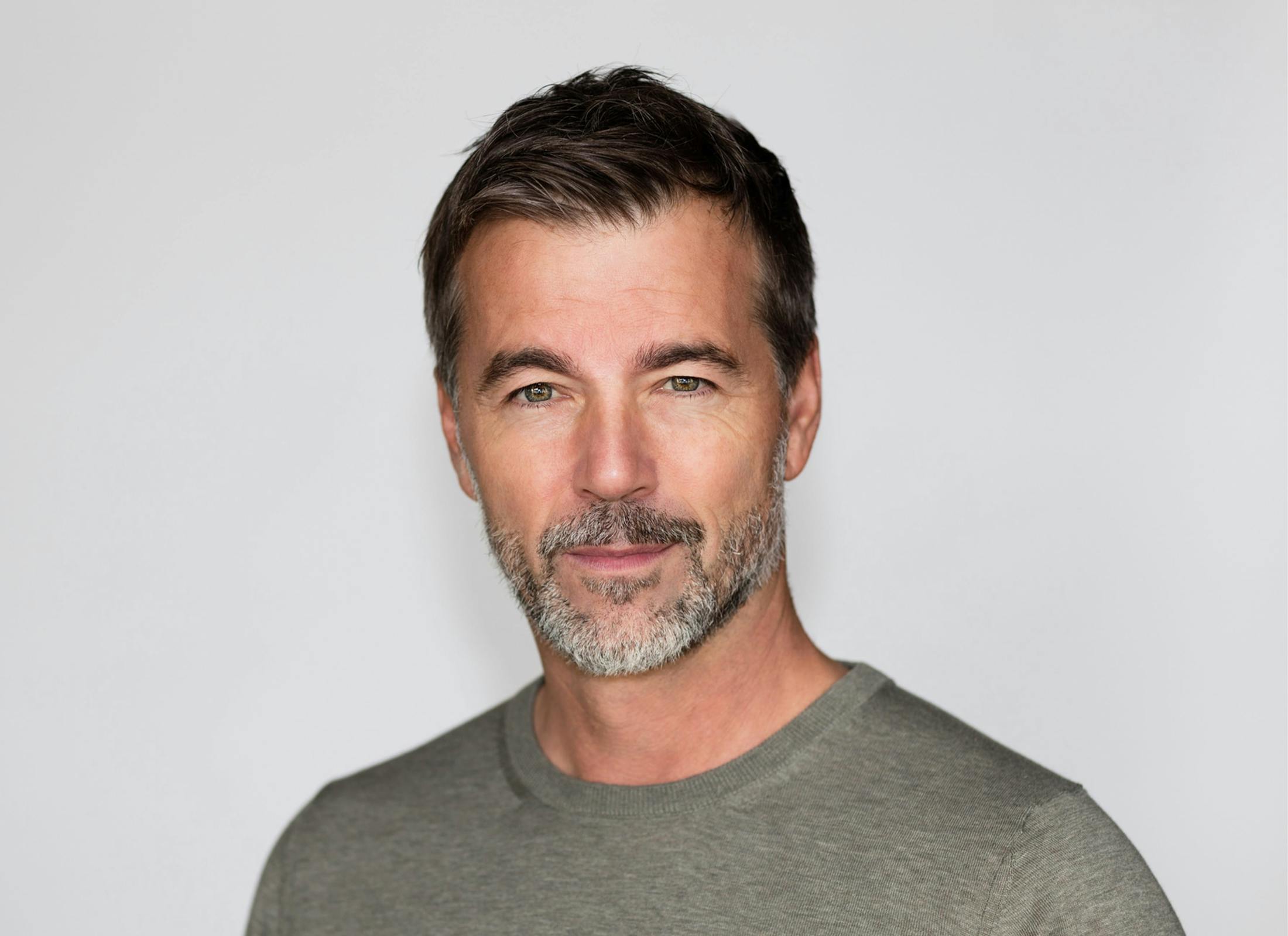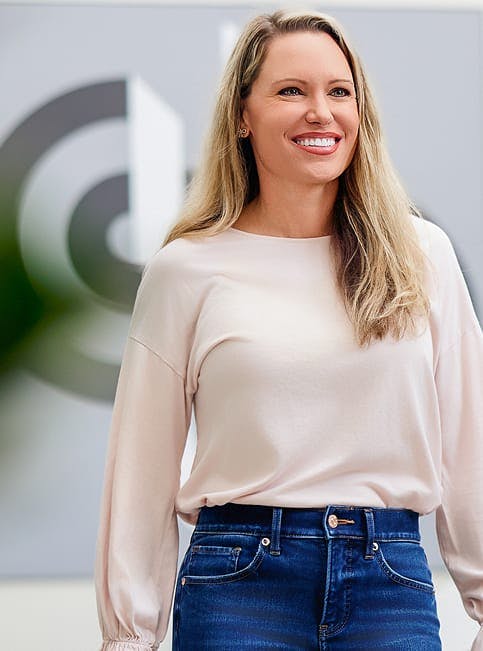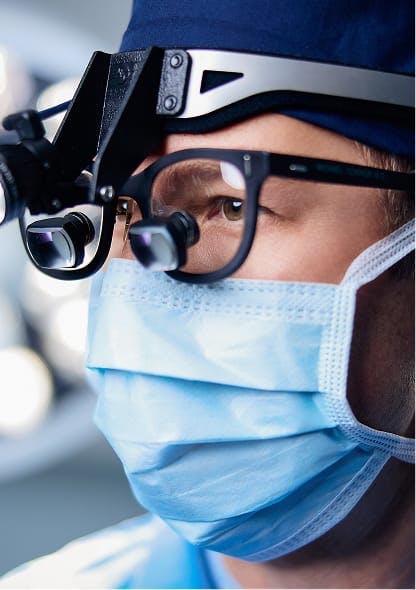The lower eyelids are a unique and delicate area of the face. Unlike other parts of the face, the skin around the lower eyelids is thinner and more susceptible to changes caused by aging, environmental factors, and genetics. For individuals bothered by these cosmetic concerns, lower eyelid surgery can often be an effective solution.
What Is a Lower Blepharoplasty?
A lower blepharoplasty, often called lower eyelid surgery, is designed to remove excess skin and under-eye bags while subtly tightening the lower lids for a more rested, refreshed appearance. Because of the delicate anatomy involved, the procedure is considered technically complex and is best performed by a surgeon with specialized training and experience. At Oculoplastic & Orbital Consultants, Dr. Michael Connor takes a highly personalized approach to lower eyelid surgery, carefully evaluating each patient’s features and concerns to create results that look natural, balanced, and true to the individual.

